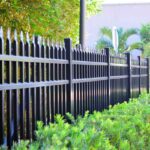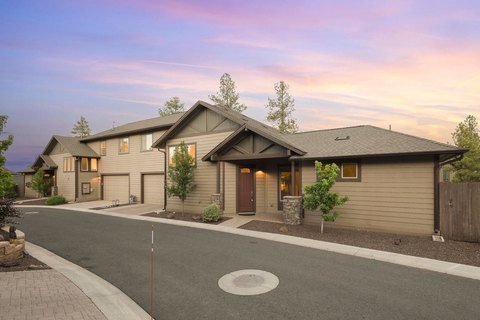Roof leaks are frequently included in the category of simple roofing repairs. Depending on how much damage you have, you can fix it yourself and save yourself the trouble of hiring a professional roofer. A leaky roof is most likely the source of water stains that run down walls or cross ceilings. Finding the leak is difficult, but fixing a roof leak is typically not too difficult. Certain methods must be used to repair a leaky roof, depending on the kind of roofing material and the degree of damage. The following are some typical methods for repairing leaks in roofs:
Finding the Leak
Locating the leak’s source precisely is critical before beginning any repairs. This could be looking for water stains in the attic area, tracking where water enters during a downpour, or simulating a downpour with a hose while someone else looks for leaks inside.
Changing Broken Shingles or Tiles
Check for missing, cracked, or curled shingles in the case of asphalt shingle roofs. The damaged shingles should be carefully lifted, any roofing nails should be removed and replaced, and the edges should be sealed with roofing cement. The proper mortar or glue should replace broken or cracked tiles on tile roofs.
Repairing Flashing
Flashing is placed around vents, skylights, and chimneys to stop water from leaking in. The flashing must be changed or repaired if it is deteriorated or damaged. This includes removing the old flashing, installing new flashing, sealing it properly, and elevating the shingles surrounding the flashing.
Sealing Roof Penetrations Patching Roof Holes
All roof penetrations, including pipes, vents, and satellite dishes, should be securely sealed to stop leaks. To provide a watertight seal, seal the area around these penetrations using silicone caulk or roofing cement. If small holes in the roof are not quickly fixed, leaks may result from dropped branches or other causes. Use roofing cement and a patching substance that works with the type of roofing you have to seal these holes.
Fixing Leaks in Flat Roofs
Several methods of repair are frequently needed for flat roofs. Typical techniques include coating or sealing the whole surface of the roof, replacing or repairing broken membrane layers, and ensuring adequate drainage to stop water from accumulating.
Replacing Damaged Underlayment
Leaks can occur from worn-out or damaged underlayment, which can endanger the roof’s structural integrity. Use the right installation techniques and replace any damaged underlayment parts.
Preventive Maintenance
By conducting routine roof maintenance and inspections, possible problems can be found before they develop into significant leaks. Remove debris from the roof, cut tree branches that dangle over the edge, and routinely inspect for wear and tear.
Expert Assistance
Certain roof repairs could call for certain training and tools. It is important to speak with a qualified roofing contractor if you are not confident that you can handle the repair yourself or if the damage is significant.
Key Takeaway
Remember that safety comes first when working on a roof, especially when working near heights or on slick surfaces. Always seek professional help to guarantee a safe and accurate repair when in doubt.









